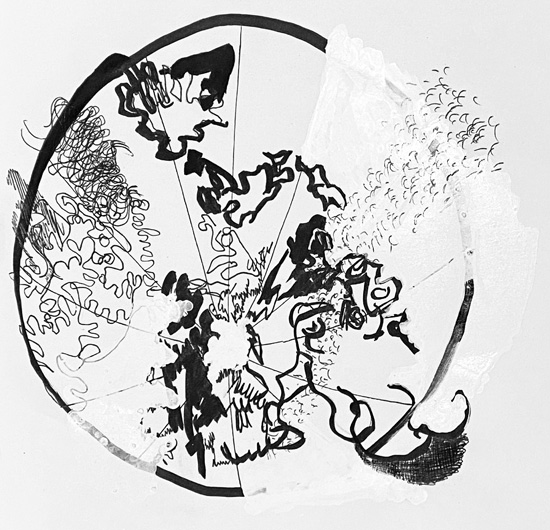⬇ Download tribal art picture - stock pics and images in the best photography agency reasonable prices millions of high quality and royalty-free stock photos and images. Tribal Enrollment PO Box 325 Eagle Butte, South Dakota, 57625 Phone number: 605-964-6612/6613 Fax number: 605-964-6614 E-mail address: lakotawinyan55@hotmail.com TO OBTAIN A TRIBAL ID lakotawinyan55@hotmail.com Tribal ID’s are taken here within our office daily 8:00 A.M. To 5:00 P.M., Monday through Friday. During the 14-day lockdown, the tribe will have travel pass applications available. Once completed, the OST COVID-19 Response Taskforce will approve them via email ostcovidpass@gmail.com.

Cheyenne River Sioux Tribe and Oglala Sioux Tribe leaders have rejected South Dakota Gov. Kristi Noem’s demand that they remove checkpoints meant to regulate traffic through their reservation, set up to prevent the spread of coronavirus on tribal land.

In early April, the tribes’ governments separately decided to regulate travel on and off their reservations via checkpoints. The Oglala Sioux Tribe closed the Pine Ridge Indian Reservation to all non-residents for non-essential travel, though vehicles could pass through without stopping. The Cheyenne River Sioux Tribe also restricted travel, limiting non-residents from entering their reservation unless on essential business or if the tribal government has granted them a travel permit. Residents and non-residents entering the reservation must fill out a health questionnaire.
On Friday, South Dakota Gov. Kristi Noem sent letters to Chairman Harold Frazier of the Cheyenne River Sioux Tribe and President Julian Bear Runner of the Oglala Sioux Tribe demanding that they remove the checkpoints from state and U.S. highways. Noem said if the checkpoints are not removed within 48 hours, she would take “necessary legal action,” according to a statement released Friday.
“We are strongest when we work together; this includes our battle against COVID-19,” Noem said in the statement. “I request that the tribes immediately cease interfering with or regulating traffic on U.S. and state highways and remove all travel checkpoints.”
On April 8, the U.S. Department of the Interior’s Bureau of Indian Affairs (BIA) released temporary guidance telling tribes to reach an agreement with state authorities before restricting travel on government-owned roads. “Neither consultation nor agreement among the tribal and state government occurred,” Noem said in her statement. “Regardless, the Cheyenne River Sioux Tribe and the Oglala Sioux Tribe established checkpoints on state and U.S. highways to control and restrict non-tribal member travel.”
But both Frazier and Bear Runner maintain that they have the legal authority to have the checkpoints and they do not intend to remove them.
“We’re not doing anything wrong. We have every legal right to do what we’re doing,” Frazier tells TIME. “We’re just trying to save lives, and the lives of all the residents of this reservation, not just our [tribal] members.”
Both the Cheyenne River Sioux and the Oglala Sioux Tribe have issued stay-at-home orders and curfews, while the state of South Dakota has not.

Frazier says of now there is only one positive case of coronavirus on the Cheyenne River Sioux Tribe reservation. He says because of the checkpoint system, they know where that person went and who they came in contact with.
As of Saturday, there are at least 184 confirmed cases of COVID-19 among Native Americans in South Dakota, according to the state’s health department. There have been at least 3,393 confirmed cases in South Dakota as a whole, according to a track by Johns Hopkins University.
In a video posted to Facebook on Saturday, Bear Runner said that Noem had “threatened the sovereign interest of the Oglala people when she issued an ultimatum,” but continued, “we have a prior and superior right to make our own laws and be governed by them.”
Tribal Pass - Ost & Art Download For Mac Os
He said he believes the tribe’s checkpoints are in “full” compliance with the BIA’s memorandum since they “have not closed non-tribal roads or highways owned by the state of South Dakota or any other government,” and it is not their intent to restrict access to such roads.
Gov. Noem’s office responded to TIME’s request for comment, saying that the governor’s letters to the tribal leaders speak for themselves.
Bear Runner said in the video that he had informed the state of South Dakota of their “tribal border monitoring plan” on several occasions, and only learned of Noem’s letter via news reports and social media.
Frazier tells TIME that he believes his tribe has many legal justifications, including in his tribe’s Constitution and in the Ft. Laramie Treaty of 1868, for their travel checkpoints. He added that, as of now, the Cheyenne River Sioux’s nine checkpoints “take less than a minute.”
According to a summary of the Cheyenne River Sioux Tribe’s checkpoint policies posted on social media, residents of the reservation are allowed to travel to areas within South Dakota that are not COVID-19 “hot-spots” as long as it’s for an “essential activity.” When they return to the reservation, they must fill out a health questionnaire at a checkpoint. Frazier also tells TIME that license plate numbers are written down.
The Coronavirus Brief. Everything you need to know about the global spread of COVID-19
Thank you!
Tribal Pass - Ost & Art Download For Mac Osx
For your security, we've sent a confirmation email to the address you entered. Click the link to confirm your subscription and begin receiving our newsletters. If you don't get the confirmation within 10 minutes, please check your spam folder.
